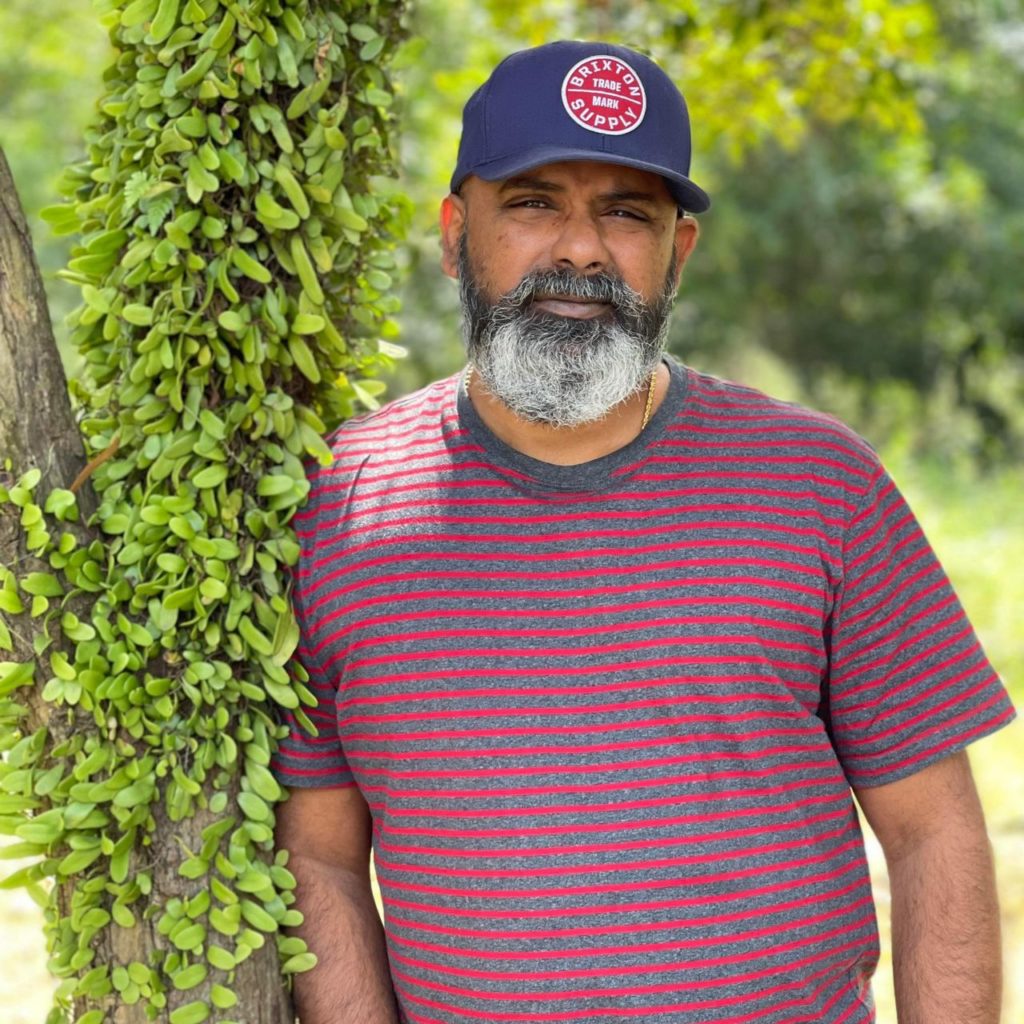
SHAH ALAM, Sept 27: The current method of in-situ leaching for extracting non-radioactive rare earth elements (REE) is not exactly the best, as the process makes the waste products radioactive, and its impact on surface and groundwater can be bad, says Damien Thanam, president of Pertubuhan Pelindung Khazanah Alam Malaysia (PEKA).
He said this in response to several questions from Weekly Echo on the mining of non-radioactive REE in Kenering in Grik, Hulu Perak, a pilot project being monitored by the Department of Mineral and Geoscience (JMG).
Menteri Besar of Perak Datuk Seri Saarani Mohamad recently informed the state assembly that the REE had brought in RM16 million in royalties and that the state government was planning on expanding the mining area from the current 87 hectares to slightly more than 2,000 hectares.
Several environmentalists are questioning the wisdom of such premature plans, considering that the project was still “under an experimental stage” and that any future standard operating procedure (SOP) to follow can only come after a thorough study is conducted on the impact of mining REE.

As for Damien, he said it would be in the best interest of the country’s natural resources to wait out the impact studies of the pilot project before drafting a SOP or the regulations on REE mining.
The in-situ leaching method is carried out pumping acid into the cleared pools in the hill area, where pipes have already been laid underground to channel the REE from the elevated area into collection ponds at the foothills.
Acid in lorry loads are used for this process of extracting the REE, which will leave behind radioactive waste, he said.
Citing the International Renewable Energy Agency, he said the production of one tonne of REEs results in 2,000 tonnes of toxic waste, including 75 cubic metres of wastewater and one tonne of radioactive waste.
PEKA is not against the development of the mining of REE which promises revenue for the country but this should not be rushed as there are many things to consider, said Damien.
“We need to compare how much the state government is getting in royalties versus the damages done to the area and this must be included in the studies.
“Once the REE is transported out, the story does not end there. Supervision of the area must be carried out to detect the extent of damages, disturbances to underground water, surface water, flora and fauna and the impact downstream.”
This period of study should at least take five to six years, and hence no new areas should be approved for REE mining until a proper study is fully completed in Kenering.
Other factors to consider include the include the lack of local expertise in REE mining while research is still being done on more environment friendly REE extraction methods.
Damien also said Chinese companies who have the experience of in-situ leaching (ISL) are carrying out the mining, and while tests carried out on ground water and nearby surface waters have not reported any contamination, the fact is the impact of accidental spillings in the ISL sites on surface and groundwater can be severe.
While this is being done in a forest area, with no people movement involved, it is still something to think about as an environmental crisis is not new in Malaysia, he said, pointing to the case of radioactive pollution that affected residents of Bukit Merah in Perak in the 1980s.
The residents were said to have suffered from incidents of cancer and birth defects allegedly from the mining of rare earths in Bukit Merah that was operated by Mitsubishi Chemicals until it closed down in 1994.
The Kenering REE mining site was formerly a forest reserve, protected under the Central Forest Spine, also known as the Green Lungs of Peninsular Malaysia, before it was degazetted, making way for the mining activity.
“There is already disruption to the wildlife and water catchment areas there. The raw rain water from the water catchment areas are channelled via tributaries to rivers and this raw water is usually treated for consumption,” he said.
In areas, where vegetation have been cleared, there needs to be proper monitoring as in the event of heavy rains, there will be high risk of “sudden surge of water” or kepala air, that will potentially raise downstream issues like mud floods, and contamination of rivers, he said.
The REE from the Kenering project meanwhile is said to have been exported to China.
Prime Minister Datuk Seri Ibrahim during the tabling of the mid-term review on the 12th Malaysia Plan meanwhile announced that the REE from new projects will no longer be exported.
In the past, although the legally exported amount was small, the value was much higher.
The government has projected 16.billion tons of REE from mining in the country, with 80 percent said to be outside forest reserve areas and another 20 percent in forest reserve areas.
Natural Resources, Environment and Climate Change Minister Nik Nazmi Nik Ahmad last week said that the SOP for REE mining is expected to be enforced this year.
He was reported saying that a Minerals Industry Development Coordination Committee meeting will be held on October 2 to discuss matters related to the proposed expansion of the SOP throughout the country.
–WE